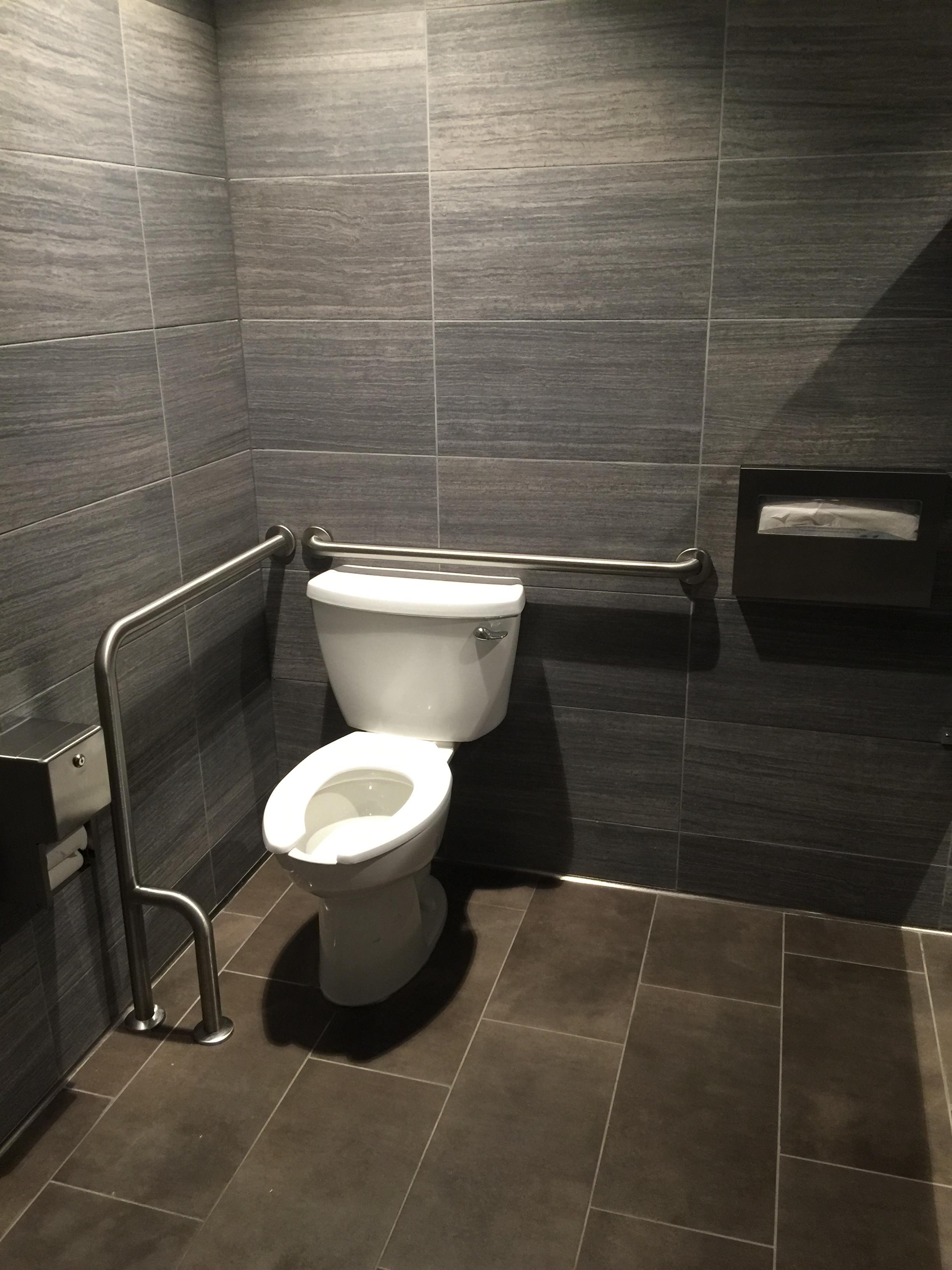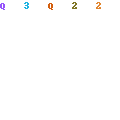Team Handicap
- Course handicaps, which are always whole numbers, are applied straightforwardly in stroke-play events. For example, if your handicap is 7, you’ll subtract 7 from your score at the end of the round.
- New equity models – In the USGA Handicap System, handicap allowances in stroke play events were based on providing players/teams with an equitable chance for a top 25% finish in the field. However, under the WHS, equity is based on a top 10% finish.
- The handicap market is where you bet on a team that begins the game with a disadvantage (or handicap) and needs to score more goals in order to beat the opposition. Alternatively the opposition is given a head start at the beginning of the game, and can win the game by just drawing the match (or winning outright).
- In order for you to win with Team A on the handicap, they will need to win by more than two goals, therefore, scorelines such as 3-0, 4-1 and 5-2 will all be in your favour. Team B with the two-goal start just requires your team not to lose by two or more goals.
Establishing and applying a golf handicap under the United States Golf Association’s system isn’t difficult.
The handicaps of both team members are added together; the team with the lowest combined handicaps plays at scratch. The other team then subtracts the low team's handicap from theirs, divides the.

The USGA’s formulas do the heavy mathematical lifting to ensure that golfers of varying skill levels can compete on an equitable basis. All you have to do is go out on the course and play golf. Once you’ve established your handicap, you’re ready to take on all comers with a fighting chance of emerging victorious.
Establishing a Handicap Index
To gain an official handicap, join a club that’s licensed to use the USGA’s handicap system. That doesn’t necessarily mean joining a club located at a single course. Several other types of organizations, including some business or fraternal groups, can qualify as USGA-certified clubs. Confirm with a club pro or officer that your chosen club is certified. To begin establishing your handicap, play five rounds on courses with course and slope ratings.

Post your scores with your club’s handicap committee, which will use the USGA system to calculate your preliminary handicap index, based on your scores and the difficulty of the courses you’ve played. Continue to post your scores after every round. Because a USGA handicap measures a golfer’s potential, rather than his average play, your index will eventually be based on the best 10 scores among your most recent 20 rounds of golf. Think of your 'handicap index' as the number that you will use to find your handicap at different courses and from different sets of tees.
Calculating the Course Handicap
A handicap index is convert to a course handicap based on the difficulty of the course. Most clubs post a chart on which you’ll see a range of indexes in one column and corresponding course handicaps in another column. Look up your handicap index on the chart to determine your course handicap for that location and the set of tees you will be playing. Many courses also have handicap computers that will have a handicap conversion utility.
Alternatively, obtain the course’s slope rating, and then plug the rating and your handicap index into the USGA’s online calculator.

If the course you’re playing is more difficult than the standard course rating of 113, your course handicap will be higher than your index. Conversely, your handicap will be lower than your index if the course’s slope rating is lower than 113.
Applying Handicaps in Stroke Play
Course handicaps, which are always whole numbers, are applied straightforwardly in stroke-play events. For example, if your handicap is 7, you’ll subtract 7 from your score at the end of the round. If your course handicap is 24, you subtract 24 from your final score. In a team event like better ball of partners, you apply the handicaps per hole. Your scorecard will rank each hole by difficulty, with the most difficult hole ranked No. 1 and the easiest hole 18.
A 7-handicapper, therefore, would subtract one stroke on each of the seven most difficult holes to obtain his net score on the hole. In better ball of partners, the lowest net score is the team's score. For example, if the 7-handicapper has a net 4 on the hole and his partner has a net 3, the team's score is 3.
Microsoft Teams Disabled
Applying Handicaps in Match Play
In match play, the handicaps are applied hole by hole, as in the stroke play better ball of partners, with one exception. In a head-to-head match, the players use the difference between their handicaps. For example, if Player A carries a course handicap of 3 and Player B’s course handicap is 12, Player B receives nine strokes, one at each of the course’s nine most difficult holes, while Player A plays at scratch, receiving no handicap strokes.
In a four-person match in which the players’ course handicaps are 2, 5, 11 and 17, respectively, then the three highest handicappers should calculate their handicap strokes relative to the best player. The first player would play at scratch, the second player would receive three handicap strokes, the third player would get nine strokes and the fourth player would receive 15.
Screen Share Is Disabled Teams
Handicap Market (90Min)
Man United (-1)
Burnley (+1)
Draw
The handicap market is an exciting market that makes one-sided games more interesting. This market makes the “playing field even” when one side is better than the other. In this bet a handicap is given to the team that is considered better than their opposition. It means that instead of just winning the match, they have to win by greater than the handicap in order to win in this market. By the stronger team having to score more goals, the weaker team in reverse is given an advantage to win in the match. The weaker side no longer has to win the game, as they are given a number of goals start before the game starts.
In this market the stronger team will start with negative goals at the start. If you back the stronger team to win the game on the handicap, you will need them to win the game by more goals than what they were deducted at the start.
In this market the weaker team will start with more goals than the stronger side. Therefore they have to either win the game, or they need lose the game by less goals than they were given at the start.
Here is an example:
Chelsea is playing Wolves, and Chelsea is the stronger team. The handicap market could well look like this:
Chelsea (-2) vs Wolves (+2)
Because Chelsea is the stronger team here, they will start the game 2 goals behind. If you believe Chelsea will win the game by more than 2 goals, then you will back Chelsea (-2). Chelsea must win by 3 clear goals for this to be a winning bet.
Because Wolves are the weaker team, they will start the game 2 goals ahead. If you believe that Wolves will either win the game, or lose by less than 2 goals, then you would bet on Wolves (+2). If Wolves win the game outright or lose by just 1 goal, then this option is a winner.
Note that the goals are only deducted or added to the team that you bet on. It does not take off goals from both sides.
Here is a score line scenario:
Chelsea 4-1 Wolves
Here are the difference between the scores is 3 goals.
Therefore if you bet on Chelsea (-2), you would minus 2 goals from Chelsea’s score.
Chelsea scored 4 goals, if you minus 2 the score line will now be Chelsea 2-1 Wolves.
Here Chelsea has still won the game even though they had a handicap of 2 goals. If you bet on Chelsea (-2), then you would be a winner.
If you bet on Wolves (+2), you would add 2 goals to the Wolves’ score. Wolves scored 1 goal and adjusting for the handicap the result would now be Chelsea 4-3 Wolves.
Therefore even though Wolves had a 2 goal head start, they still did not manage to win the game on handicap.
You can also bet on the game to be a tie/draw. For instance if the score line was:
Chelsea 3-1 Wolves
Chelsea are (-2), then you would minus 2 goals from Chelsea’s score. The score line is now Chelsea 1-1 Wolves, so the game is a handicap draw.
Likewise, Wolves are (+2), and you add 2 goals to the Wolves score, the score line would be Chelsea 3-3 Wolves
Therefore the scores are tie, and if you bet on the tie on the handicap, you would have a winning bet.
If the result was a draw at 90 minutes with the score Chelsea 1-1 Wolves then you must adjust for the handicap, in this instance Wolves (+2) would be the winning selection, with a handicap result of
Chelsea 1-3 Wolves
The handicap is an exciting and fun bet, especially when the handicaps are very high! It can make the most average games very enjoyable to watch.